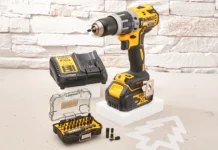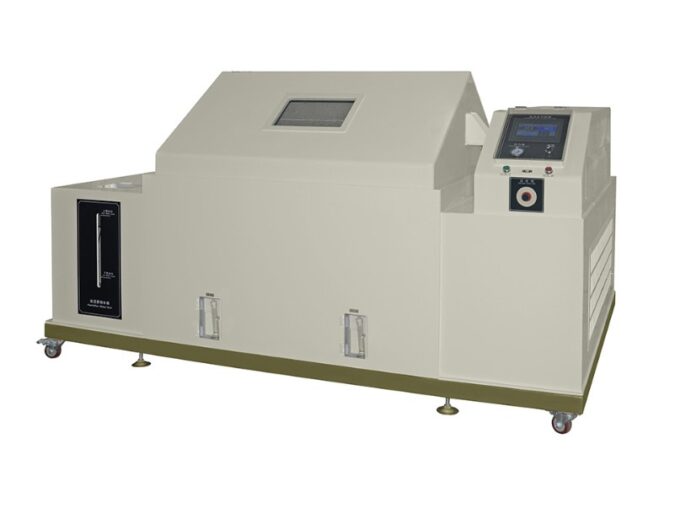
In the realm of scientific research and industrial applications, the importance of controlled environments cannot be overstated.
Among the myriad of instruments designed to offer such conditions, stability chambers stand out for their critical role in ensuring the reliability and longevity of products ranging from pharmaceuticals to electronic components.
This article delves into the intricacies of stability chambers, exploring their mechanisms, functions, and the various categories that cater to different industry needs.
Understanding Stability Chambers
At its core, a stability chamber is a specialized type of environmental test chamber designed to assess how various conditions affect the stability, shelf life, and efficacy of products and materials. These chambers create precise conditions, such as specific temperatures and humidity levels, making them indispensable in industries that require rigorous quality control and regulatory compliance.
The Mechanisms Behind the Magic
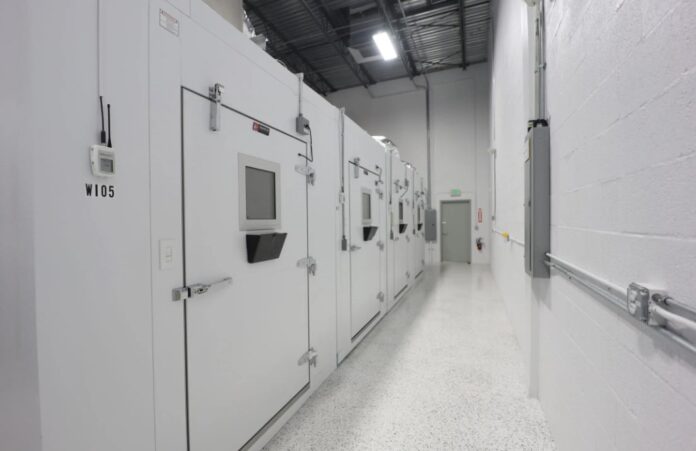
The operation of stability chambers hinges on several sophisticated mechanisms that work in tandem to maintain the desired environmental conditions. Temperature control is achieved through refrigeration systems and heaters that are regulated by sensitive thermostats.
Humidity is manipulated using humidifiers and dehumidifiers, controlled by precise hygrometers. These components are governed by an integrated control system, usually equipped with digital interfaces, allowing for the programming and monitoring of environmental conditions with high accuracy.
Air circulation is another critical aspect, ensuring uniform conditions throughout the chamber. This is typically facilitated by fans or air circulation systems that prevent hot or cold spots, ensuring that every part of the chamber maintains the set conditions.
The structural integrity of the chamber, often made from materials like stainless steel, is designed to withstand the rigors of constant temperature and humidity changes while ensuring insulation and minimizing energy consumption.
Functions ─ Beyond Stability Testing
While the primary function of stability chambers is to simulate environmental conditions for stability testing, their utility extends to a range of applications:
- Shelf-life testing ─ Manufacturers use stability chambers to predict how long a product will retain its quality under specific environmental conditions. This is crucial for perishable items, pharmaceuticals, and many consumer goods.
- Environmental stress screening ─ Products, particularly electronic devices, are exposed to fluctuating conditions to identify potential failures. By stressing products under controlled conditions, manufacturers can improve product durability.
- Packaging tests ─ Stability chambers test packaging materials and designs under various environmental conditions to ensure they protect the product effectively.
- Regulatory compliance ─ In many industries, particularly pharmaceuticals and food, products must undergo stability testing in chambers to comply with regulations that ensure consumer safety and product efficacy.
Diverse Categories for Diverse Needs
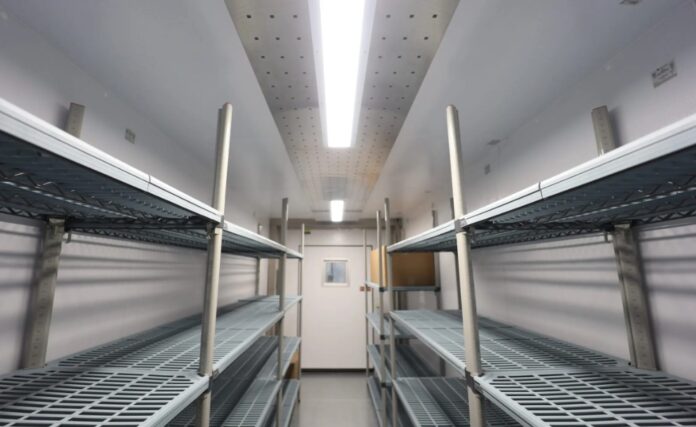
Stability chambers come in various shapes and sizes, each designed to meet specific testing requirements. Some of the most common categories include:
- Pharmaceutical stability chambers ─ Designed to meet strict regulatory standards, such as those set by the International Conference on Harmonisation (ICH), these chambers are used to test the stability of pharmaceuticals in conditions that mimic those found in different geographical regions.
- Climatic chambers ─ These are versatile chambers capable of simulating a wide range of environmental conditions, including temperature, humidity, and even atmospheric pressure, making them suitable for testing a variety of products.
- Thermal shock chambers ─ Focused on assessing how sudden changes in temperature affect materials and components, these chambers can rapidly alternate between extreme temperatures to test the resilience of products.
- Walk-in chambers ─ For large-scale or high-volume testing, walk-in chambers provide ample space to test large items or multiple products simultaneously under uniform conditions.
- Benchtop chambers ─ Compact and convenient, benchtop chambers are ideal for laboratories with limited space, offering the same precise control of environmental conditions as their larger counterparts.
The Role of Calibration and Maintenance
To ensure the accuracy and reliability of stability chambers, regular calibration and maintenance are essential. Calibration involves adjusting the chamber’s sensors and control systems to ensure they produce accurate readings and maintain the desired conditions.
Maintenance, on the other hand, involves regular inspections and repairs to prevent potential malfunctions. This includes cleaning the chambers, checking the refrigeration systems, and replacing worn-out parts.
Emerging Trends and Innovations
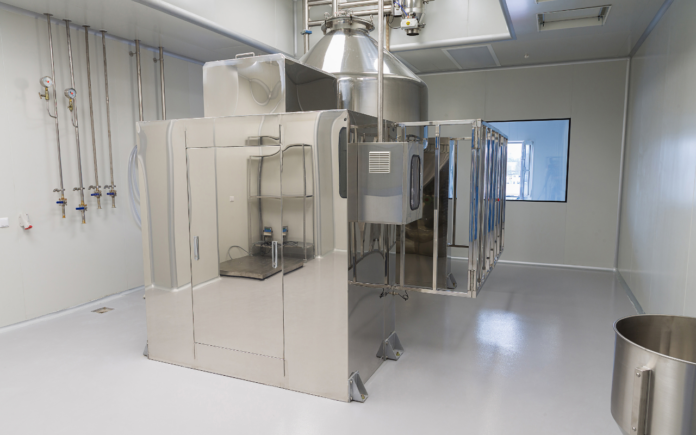
The field of stability chambers is witnessing continuous advancements, driven by technological innovation and evolving industry needs. Some of the notable trends include the integration of advanced data logging and remote monitoring capabilities, allowing for real-time tracking of environmental conditions and test results.
Additionally, there is a growing emphasis on sustainability, leading to the development of energy-efficient models that reduce operational costs and environmental impact.
Navigating Challenges and Solutions
Despite the advanced capabilities of stability chambers, users often face challenges that can affect the accuracy and efficiency of testing processes. One common issue is the calibration drift over time, where the accuracy of sensors and control systems can degrade, leading to discrepancies in test conditions.
Another challenge is the adaptation of chambers to rapidly changing regulatory standards and test protocols, especially in industries like pharmaceuticals and food safety, where compliance is critical.
To address these challenges, manufacturers and users of stability chambers have developed several solutions. Regular calibration and preventive maintenance schedules are paramount in ensuring the ongoing accuracy and reliability of chambers. Moreover, the adoption of modular design and software updates allows for easier upgrades to meet new regulatory standards or testing requirements.
Advancements in Stability Chamber Technologies
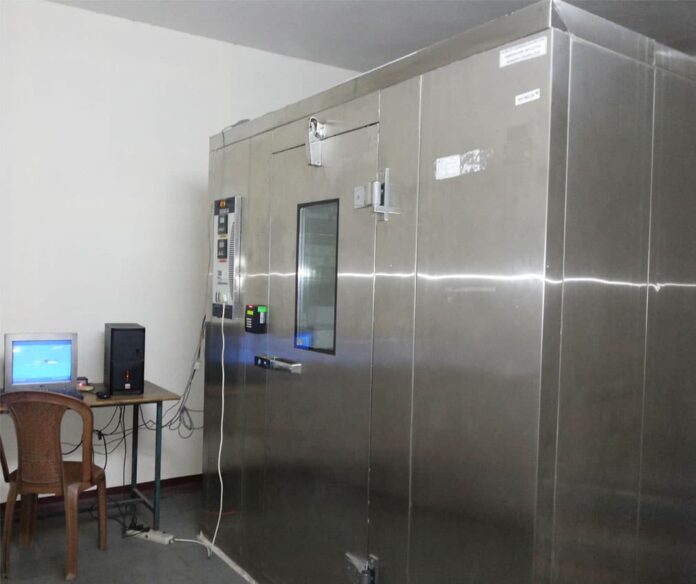
The continuous evolution of stability chamber technology is marked by significant advancements aimed at enhancing performance, user-friendliness, and sustainability. Innovations such as IoT-enabled monitoring systems allow for remote tracking and control, enhancing the convenience and efficiency of stability testing.
Energy-saving features like advanced insulation materials and more efficient cooling systems are becoming standard, reflecting the industry’s commitment to reducing environmental impact. Additionally, the integration of artificial intelligence and machine learning algorithms is beginning to emerge, offering the potential to predict maintenance needs and optimize testing protocols for better outcomes.
Closing Thoughts
Stability chambers stand as pivotal instruments in ensuring product quality and compliance across various sectors. From pharmaceuticals to electronics, these chambers provide the controlled environments essential for rigorous testing and research.
The challenges associated with their operation, including calibration drift and regulatory compliance, are addressed through diligent maintenance and technological advancements. The field is witnessing exciting innovations, from IoT connectivity to AI integration, paving the way for more efficient, accurate, and sustainable stability testing.




